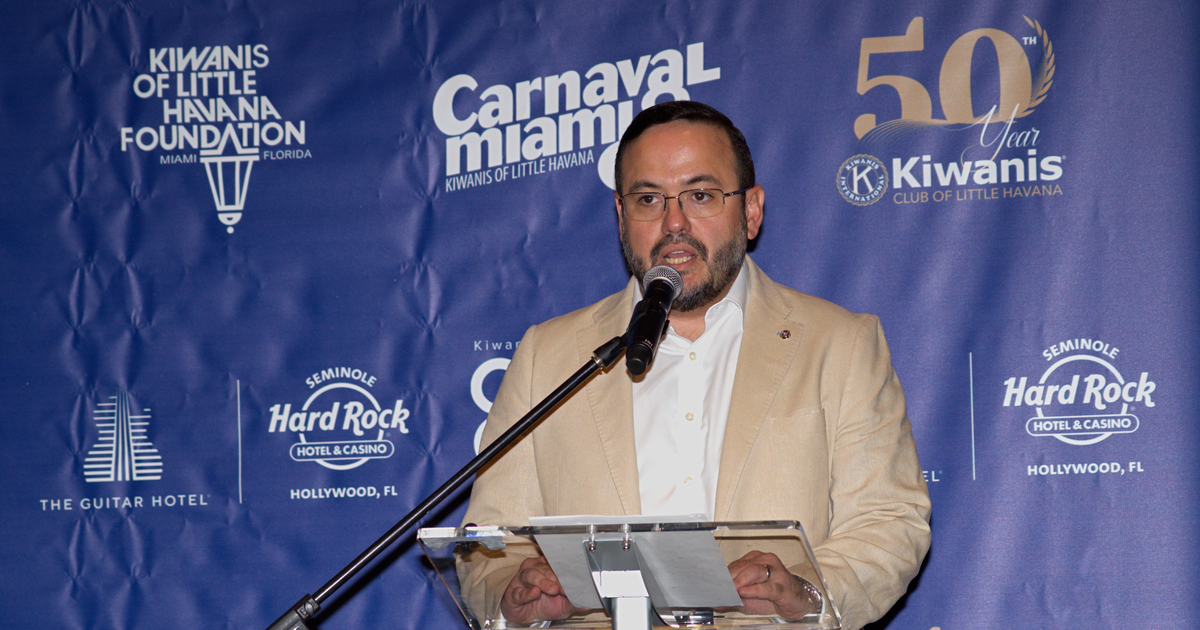LOS ANGELES (AP) — The complex effects of personal trauma have not traditionally been the stuff of sci-fi and fantasy. They tend to get in the way of the quest.
“Game of Thrones” made a meal of it. “Battlestar Galactica” tried to consider the effect on survivors of losing a planet of people. But it hasn’t fit in the swashbuckling world of “Star Wars.” How could the mission to destroy the Death Star have quickly concluded if Princess Leia needed to mourn the loss of nearly all her loved ones on Alderaan?
“Andor” changed all that. Coping with inner pain has been a theme throughout its two-season run, which comes to a close Tuesday when Disney+ releases a series-finale trilogy of episodes. It starts with its title character, who is left rootless by the deaths and destruction around him.
“Everything has been taken away from him since day one,” Diego Luna, who plays Cassian Andor, said in an interview with The Associated Press. “And he has to understand that home is inside. That he can be home. That home can be there. And therefore there’s a reason to fight.”
Trauma runs through everything on “Andor,” even dancing
The three final episodes take Andor and the rest of the characters up to the events of “Rogue One,” the 2016 film that spawned the streaming prequel series. Tony Gilroy, who wrote “Rogue One” and is the show runner for “Andor,” has loved playing in the Star Wars galaxy, but he’s made it clear his real mission is to tell universal stories of the effects of war, revolution and colonization on human (and occasionally non-human) souls.
Nearly every character he’s created is ravaged in one way or another, and even the lighthearted moments of the series are fraught with emotional pain. (Spoilers ahead for episodes 1-9 of Season 2.)
When Andor goes undercover as a moussed-and-mulleted fashion designer named Varian Skye and makes small talk with a hotel staffer, he learns the man’s family was killed in a notorious massacre by Grand Moff Tarkin, the imperial leader who would later order the destruction of Leia’s world.
And in a widely-memed moment of drunken techno dancing by senator and secret rebel Mon Mothma at her daughter’s wedding, she is, as Genevieve O’Reilly who played her said, “dancing to stop herself from screaming” after tacitly agreeing to have an old friend murdered for the cause.
Bix Caleen’s struggles — and her the end of her arc
No one on “Andor” undergoes more trauma than Bix Caleen, played by Adria Arjona. While still dealing with the fallout of being tortured by an imperial doctor in the first season, she is nearly raped early in the second and has been surrounded by death. Arjona said seeing the script was daunting.
“She has to go from PTSD to sort of being addicted to droppers, which help her sleep and get over the nightmares, to then her last final decision,” Arjona told the AP. “It’s a lot. And reading it was incredibly scary.”
An utterly new for “Star Wars” set of scenes between Cassian and Bix explore both the explicit and subtle difficulties of intimate relationships amid trauma. Cassian must comfort Bix, but she doesn’t want her pain to define her.
The two try to take a trip to the neighborhood bodega, but even that is subsumed by his fear for her.
Cassian and Bix also must deal with the difficulty of the lives they take for the cause.
Han Solo never mourned the stormtroopers he blasted, but the “Andor” duo killed a young imperial soldier during a mission and it haunts the home life they’re trying to build.
“I can’t stop seeing his face,” Bix says.
“It fades,” Cassian replies. “I want to tell you it goes away forever, but I’d be lying.”
“We’re in a war,” he says.
“I wonder if he knew,” she says.
“He knows now,” Cassian says.
Bix is among the major characters who won’t go on to “Rogue One” or other existing “Star Wars” stories. “Andor” lets her complete her emotional arc with a tear-jerking but well-earned set of scenes.
“The last speech, I still haven’t been able to watch it,” she told the AP. “I was a mess! It took me takes and takes of me absolutely just bawling through that scene until finally it gets to what I believe they used.”
Turning trauma into fuel
The show’s revolutionary leaders, just as those in history have done, try to take their followers’ trauma, and their own, and use it to drive the movement.
Saw Gerrera, the radical rebel played by Forest Whittaker who has a key role (and one less leg) in “Rogue One,” gave a call-to-arms in a recent episode that is already being celebrated among fans as the “revolution is not for the sane” speech. The theme: pain as power.
He tells a young prospective follower about his youthful enslavement in a brutal imperial work camp, and the toxic leak there of a fuel called rhydo.
“They worked us naked. Two, three hundred men. Boys really. Back and forth until the only thing you could remember was back and forth. Then one day, everyone started to itch. Everyone, all at once. Even the guards. You could feel your skin coming alive,” Saw says, his raspy voice rising. “It was the rhydo. They had a leak.”
He tells the young man, “We’re the rhydo, kid. We’re the fuel. We’re the thing that explodes when there’s too much friction in the air. Let it in, boy! That’s freedom calling! Let it in! Let it run! Let it run wild!”
 hace 5 meses
47
hace 5 meses
47





 English (US) ·
English (US) ·  Spanish (ES) ·
Spanish (ES) ·